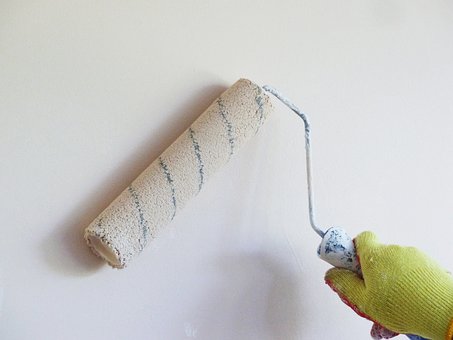Drywall manufacturers, much like any other manufacturers, are always looking to improve on their products. With this in mind, we thought we would do a simple comparison of paperless drywall verses traditional drywall. There are advantages and disadvantages to both, so let’s look at a few:

To put it very simply, paperless drywall consists of a water-resistant gypsum core covered with fiberglass. Traditional drywall has a gypsum core that is covered in thick paper. Due to its paper covering, traditional drywall can be prone to moisture damage which then leads to mold issues. Paperless drywall is designed to be a lot more resistant to water damage, making it a good choice for rooms that experience high moisture levels such as the bathroom and basement. Another advantage of paperless drywall is that the fiberglass covering adds strength to the drywall making it less susceptible to damage than traditional drywall.
Should we assume, then, that paperless drywall is the better choice? While it certainly has its advantages, it also has its disadvantages over traditional drywall. For example, paperless drywall is much harder to install due to its rigidity, the fiberglass can also be irritating to the skin. It is more difficult to achieve a smooth finish with paperless drywall and will take longer to do so than traditional drywall. You may also find that paperless drywall is not as readily available as regular drywall.
When deciding which type of drywall will be best to use, think about the room it will be used in and the type of finish you desire and be aware that both types have their benefits as well as draw backs.

Recent Comments